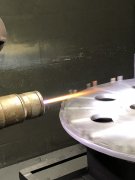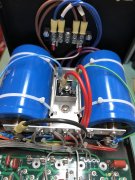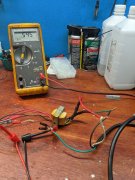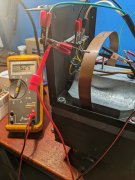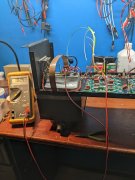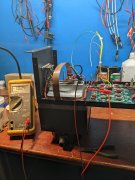Will check that out. Also several listings on eBay, some with silicone over the fiberglass. Now that you all helped me I'll do some research. Pretty sure I don't need silicone. Just simple fiberglass fabric tubing
I use this brand silicone fiberglass tubing, you can see it in some of the pictures I have posted. neatens things up and provides great insulation.
Fiberglass Electrical Sleeving - Fiberglass Wire Sleeving Insulation | Electro Insulation Corporation

